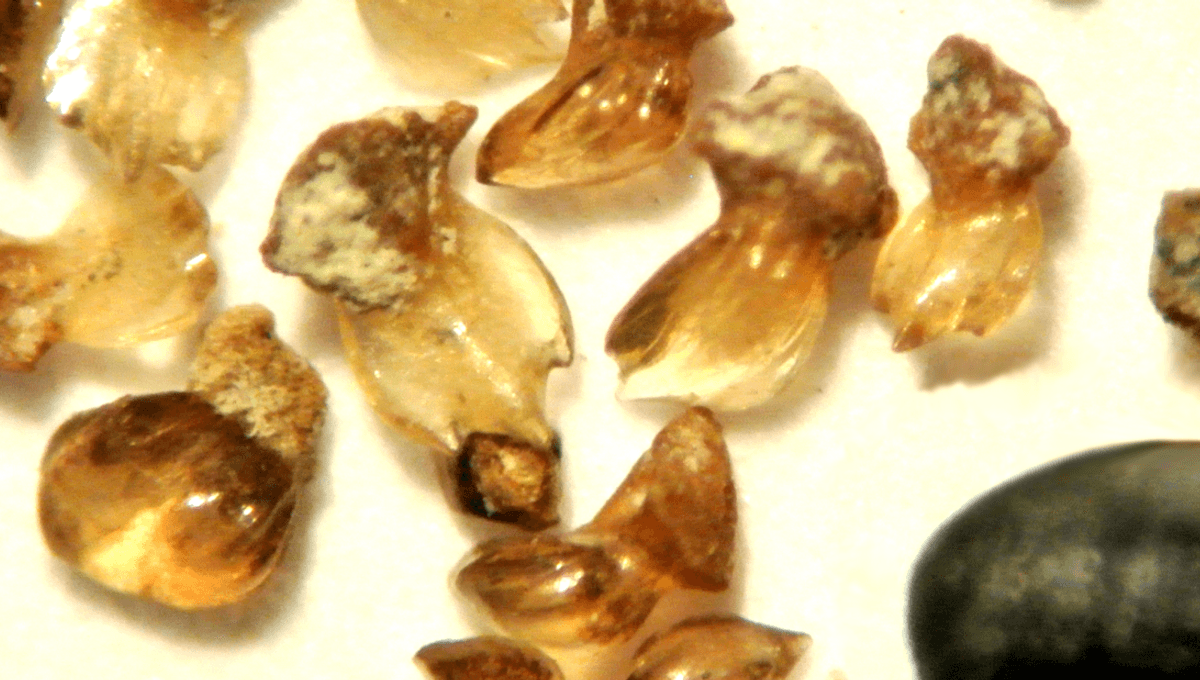
Megalodon was a ferocious predator, but new research suggests that when it came to swimming, it was mostly pretty slow. The revelation follows the discovery of scales within rock pieces surrounding a previously described set of teeth from a megalodon fossil.
“Our big scientific findings come from ‘tiny evidence’ as small as grains of sand,” said DePaul University paleobiologist, Professor Kenshu Shimada in a statement, who told IFLScience that it’s been in the making since the mid-1980s. It was 1986 when Shimada received a phone call starting with “Guess what I found?” [in Japanese] from a fossil hunting buddy who discovered the original Otodus megalodon tooth set that sits at the middle of this new research.
Revisiting the tooth set from the upper Miocene of Japan revealed numerous fragments of tessellated calcified cartilage and placoid scales, sometimes called denticles. They’re spiny tooth-like projections (hence the denticle) that are exclusive to cartilaginous fishes, which include sharks.
Denticle shape can be used as an indicator of top swimming speed because they are an adaptation that decrease drag and turbulence, allowing fish like sharks to swim faster and more quietly. Generally speaking, small denticles help you go fast while bigger denticles make for slower swimming.
The denticles lifted from the O. megalodon specimen had broadly spaced keels (about 100 micrometers apart [0.003 inches]), so the researchers looked at how they compared to extant open-water sharks. Once the results were in, the denticles painted a picture of a slower pace of life for megalodon.
“This led my research team to consider O. megalodon to be an ‘average swimmer’ with occasional bursts of faster swimming for prey capture,” described Shimada.
Interesting stuff, but it was also slightly confusing because another recent study from Shimada revealed megalodons were warm-blooded. What were they doing with all that heat if they weren’t active swimmers? Going hard at the buffet, apparently.
“It suddenly made perfect sense,” said Shimada. “Otodus megalodon must have swallowed large pieces of food, so it is quite possible that the fossil shark achieved the gigantism to invest its endothermic metabolism to promote visceral food processing.”
It’s giving food coma, and we’re here for it.
The study is published in Historical Biology.
Source Link: Megalodon’s Secret To Achieving Gigantism Revealed By Tooth-Like Scales